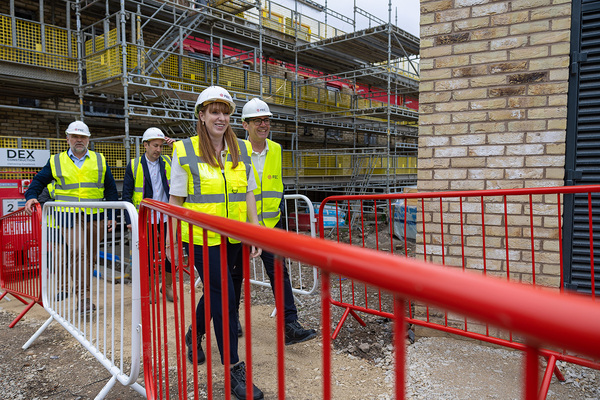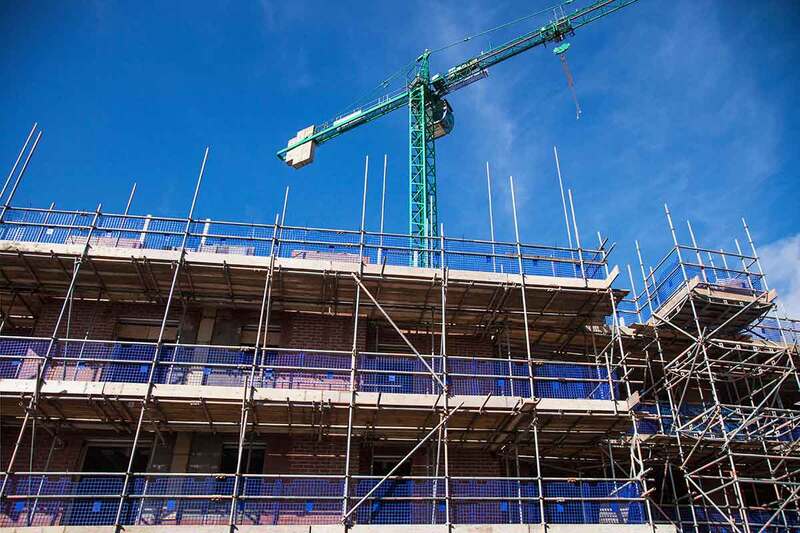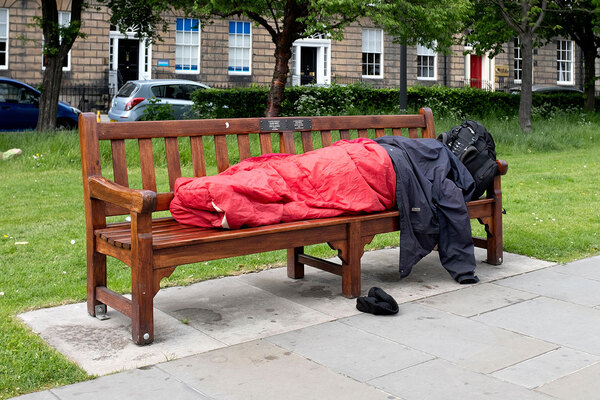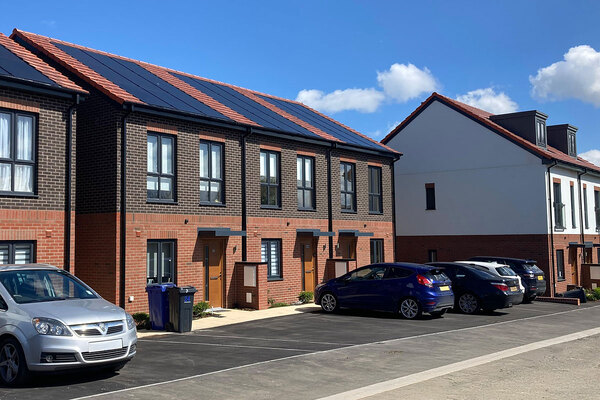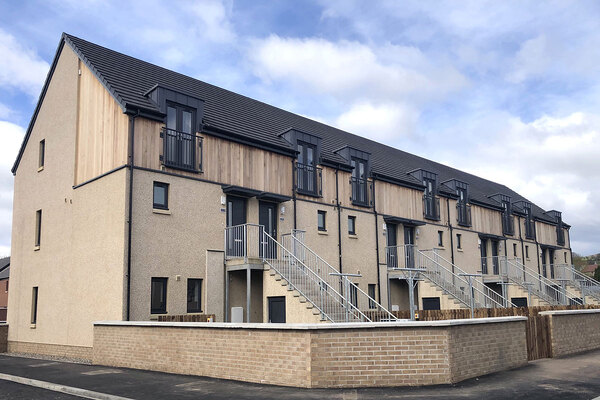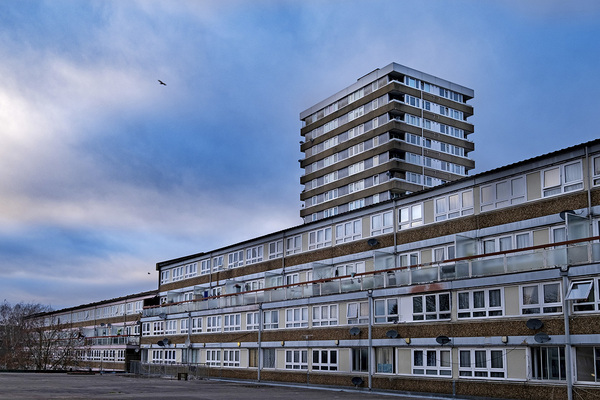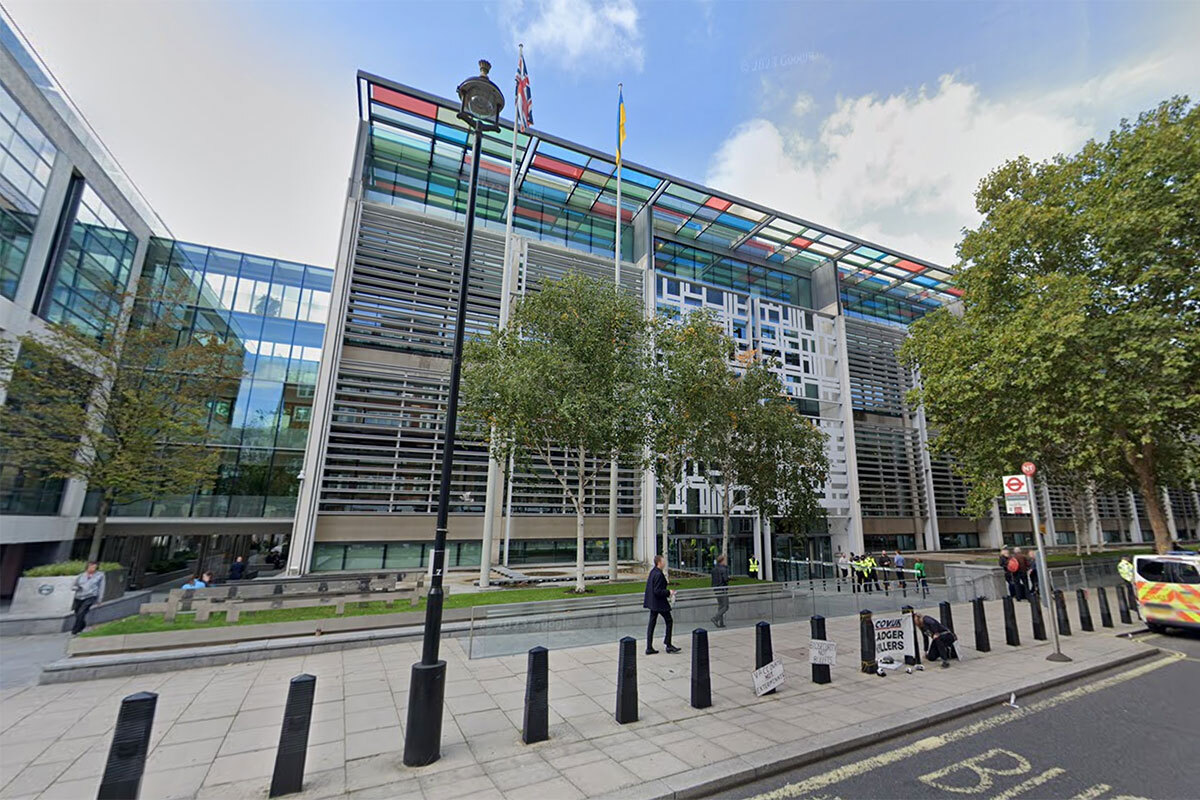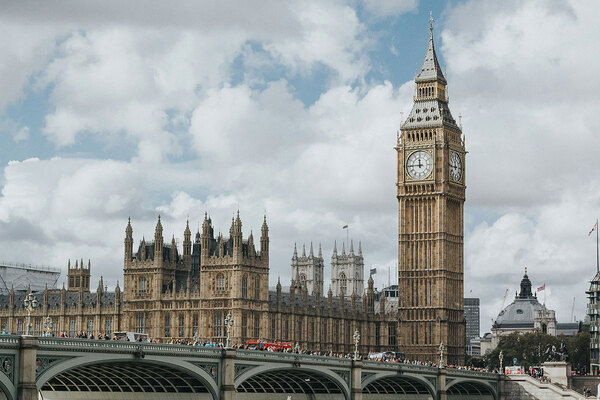You are viewing 1 of your 1 free articles
Do we need to rethink the purpose of the green belt?
Going back to the original objectives of the green belt is helpful in understanding how it should feature in planning policy, writes David Churchill, a partner at property consultancy Carter Jonas
Seventy years ago, the stated objectives of the green belt were: to check the unrestricted sprawl of large built-up areas; to prevent neighbouring towns merging into one another; to assist in safeguarding the countryside from encroachment; to preserve the setting and special character of historic towns; and to assist in urban regeneration, by encouraging the recycling of derelict and other urban land.
Today, of the 1.6 million hectares of green belt (which covers no less than 12.6% of England), agricultural land makes up the greatest proportion (65%), followed by forest, open land and water (18.9%).
A percentage of green belt land has been developed (6.8%), predominantly for transport and hardstanding, such as car parks, paved or tarmacked areas (5.2%).
Interestingly, these figures are not vastly different to land outside the green belt, which confirms that it is not as special as commonly assumed. Agricultural land outside the green belt accounts for 62.8% (just 2.2% lower than within it), while forest, open land and water account for 20.3% – 1.4% higher than in the green belt.
This highlights that the green belt, which largely mirrors land use elsewhere, is no more than a planning policy tool. It is certainly not a landscape or ecological designation, as some might imagine.
“While some land in the green belt is covered by environmental designations, and is thereby protected through other means, the label does not denote high-quality landscape or habitats”
Despite having the word ‘green’ in its title, the green belt is not an environmental designation. Unlike conservation areas such as National Parks, National Landscapes (previously Areas of Outstanding Natural Beauty), Sites of Special Scientific Interest (SSSI) and Ramsar Sites (wetlands of international importance), the green belt was not created with the primary purpose of protecting the environment.
While some land in the green belt is covered by environmental designations, and is thereby protected through other means, the label does not denote high-quality landscape or habitats.
Only 21% of all green belt land is covered by an environmental designation. This percentage ranges from 38.7% of London’s green belt, 33.6% for Bournemouth/Poole and 26.3% for Bristol/Bath, to just 3.8% for Cambridge, 3.6% for York and 2.8% for Stoke on Trent.
This doesn’t necessarily mean that the remainder is of no environmental value. In many areas, it is perceived to protect the natural environment on account of simply being open. For instance, providing a buffer between urban areas and the countryside can sustain air and water quality. Yet much of the green belt is ecologically poor grassland, brownfield or roadside verges which are not always well maintained.
Furthermore, just as environmental protection is not an objective of the green belt, neither is recreational use. Land used for outdoor recreation accounts for an average of just 5.5% of green belt land, ranging from 21.9% in London to 3.3% in the North East.
One of the conclusions from our research is that land releases for development can present an opportunity for biodiversity improvements. Many local authorities are prioritising biodiversity, with some declaring ecological emergencies alongside climate emergencies. Local policies reflect a strong desire to reverse the decline in biodiversity, particularly through Biodiversity Net Gain (BNG).
“The considered release of some green belt land, if the government’s ‘golden rules’ of including 50% affordable housing are followed, could significantly increase the number of these much-needed homes”
Following the Environment Act 2021, which mandated BNG at a national level, developers are required to increase the ecological value of a development site by a minimum of 10%.
At a time of acute housing need, it is vital to look at all measures which unlock land for development. The considered release of some green belt land, if the government’s ‘golden rules’ of including 50% affordable housing are followed, could significantly increase the number of these much-needed homes. This could create an opportunity for sustainable edge-of-town development in close proximity to transport connections and amenities without compromising high-quality, biodiverse and environmentally sensitive land.
The immediate relevance of the debate today provides an opportunity to debunk the myths that have arisen in relation to the green belt that are impinging on the ability of local planning authorities to enable sustainable development. A rethink that delivers much-needed homes in an environmentally sensitive setting could be a win-win.
David Churchill, partner, Carter Jonas
Sign up for our development and finance newsletter
Already have an account? Click here to manage your newsletters


